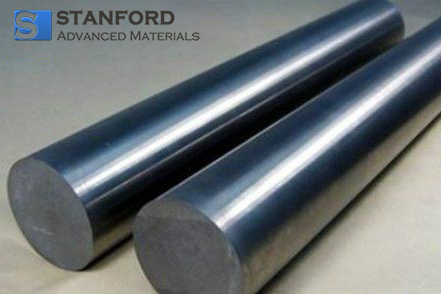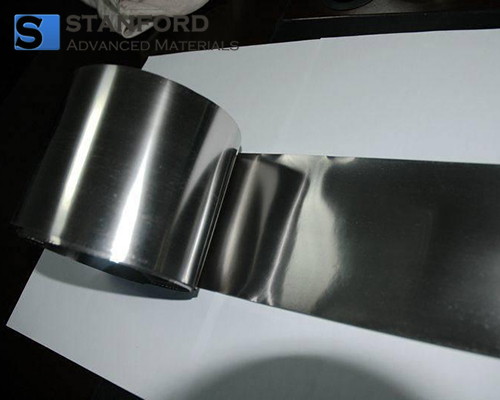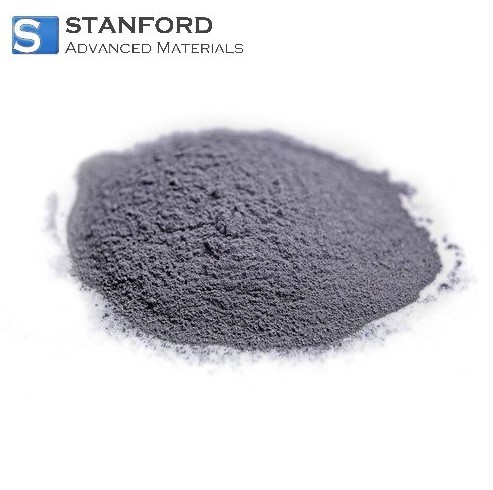Benefits Of Titanium Nitride Coating For Cutting Tools
With the advancement of modern industry, science and technology, materials for cutting tools have been developed considerably. These materials include carbon tool steel, high‑speed tool steel, cemented carbide and composite materials. Many cutting tools currently in use exhibit a short lifespan, which reduces production efficiency because the surface hardness and wear resistance are insufficient.
It was determined that coating the surfaces of tools made from high‑speed steel or hard-alloy steel with a titanium nitride coating improves performance. This article details the benefits of titanium nitride coating for cutting tools.

Benefits of Titanium Nitride Coating for Cutting Tools
Titanium nitride is a stable compound that demonstrates corrosion and oxidation resistance. It has a gold-like appearance; however, its use is primarily functional rather than decorative.
The hardness value of the titanium nitride coating exceeds 2 500 Vickers hardness (HV). When a tool is coated with a titanium nitride layer of 3–5 microns, it exhibits increased wear resistance and heat tolerance. Consequently, the tool’s lifespan and cutting performance improve. For example, the lifespan of a titanium nitride coated roller end mill increases by a factor of 3 to 4. This increase allows for a higher cutting speed when machining gears, thereby reducing processing time and costs.
Physical vapour deposition (PVD) is the method used for applying the titanium nitride coating. In this process, titanium is evaporated under vacuum and reacts with nitrogen to form a hard composite film on the tool surface. The processing temperature is maintained at approximately 350 °C, thereby ensuring that the properties and dimensions of high‑speed steel tools remain unaffected.
Due to its measured performance, titanium nitride coated tools became widely adopted in industrialised countries and have provided significant economic benefits for the machining sector. Japan is a leading nation in this technology. Many Japanese tool manufacturers supply products with a titanium nitride coating. Some products are sold in European countries and the United States, and many have been successfully introduced to the domestic market in Japan.
Conclusion
Thank you for reading this article. We trust that it has assisted in clarifying the benefits of titanium nitride coating for cutting tools. If you require further information on titanium nitride, please visit Stanford Advanced Materials (SAM) for additional details.
Stanford Advanced Materials (SAM) is a global supplier of titanium products and has over two decades of experience in the production and distribution of titanium and titanium nitride. The company supplies titanium products that meet rigorous research and production specifications. Consequently, SAM is a potential supplier and business partner for titanium nitride.

 Bars
Bars
 Beads & Spheres
Beads & Spheres
 Bolts & Nuts
Bolts & Nuts
 Crucibles
Crucibles
 Discs
Discs
 Fibers & Fabrics
Fibers & Fabrics
 Films
Films
 Flake
Flake
 Foams
Foams
 Foil
Foil
 Granules
Granules
 Honeycombs
Honeycombs
 Ink
Ink
 Laminate
Laminate
 Lumps
Lumps
 Meshes
Meshes
 Metallised Film
Metallised Film
 Plate
Plate
 Powders
Powders
 Rod
Rod
 Sheets
Sheets
 Single Crystals
Single Crystals
 Sputtering Target
Sputtering Target
 Tubes
Tubes
 Washer
Washer
 Wires
Wires
 Converters & Calculators
Converters & Calculators
 Write for Us
Write for Us



 Chin Trento
Chin Trento



